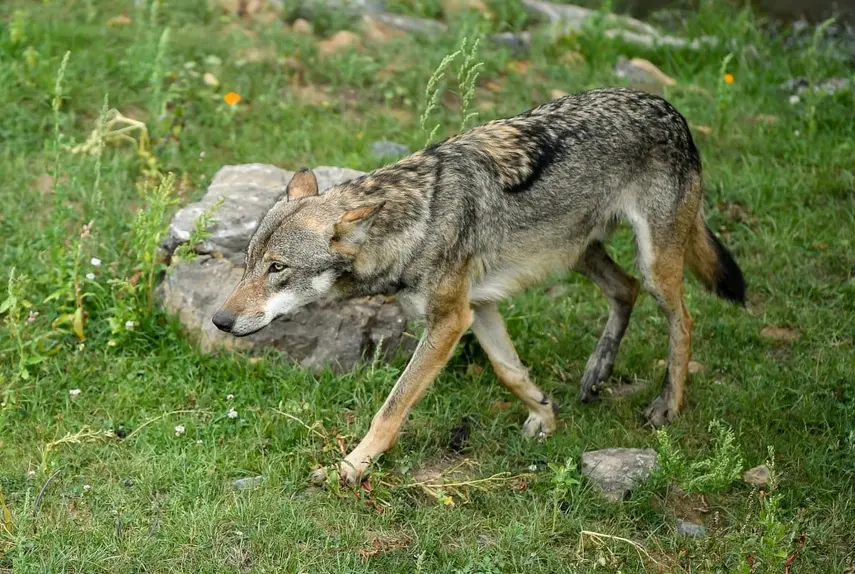Mount Rainier National park, Washington state, USA
The fifth largest national park in the USA, this park extends almost 1000 square km, or about 360 square miles. Wildlife includes Black bears, Coyotes, bobcats, mountain lions, Cascade red foxes, fishers, raccoons, minks, striped skunks and weasels. In 2020 a remote camera captured images of wolverines the first sighting for 100 years.

